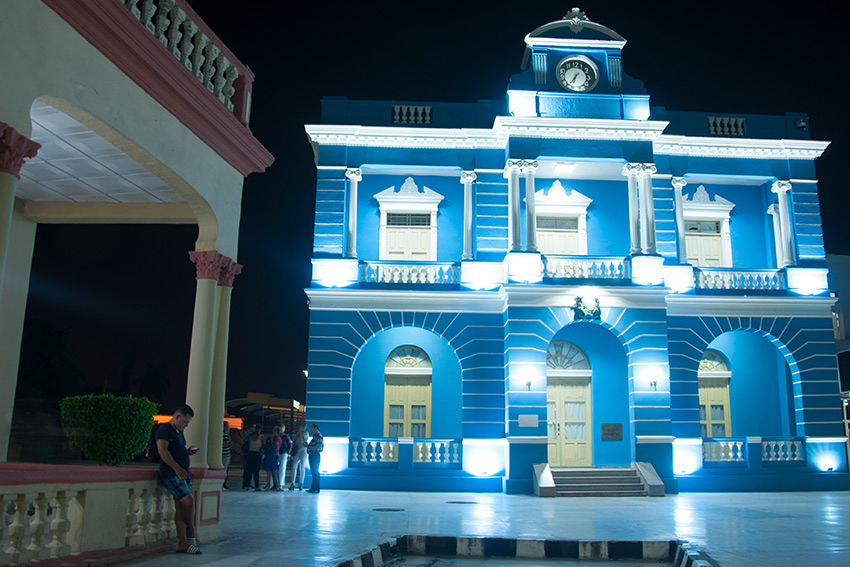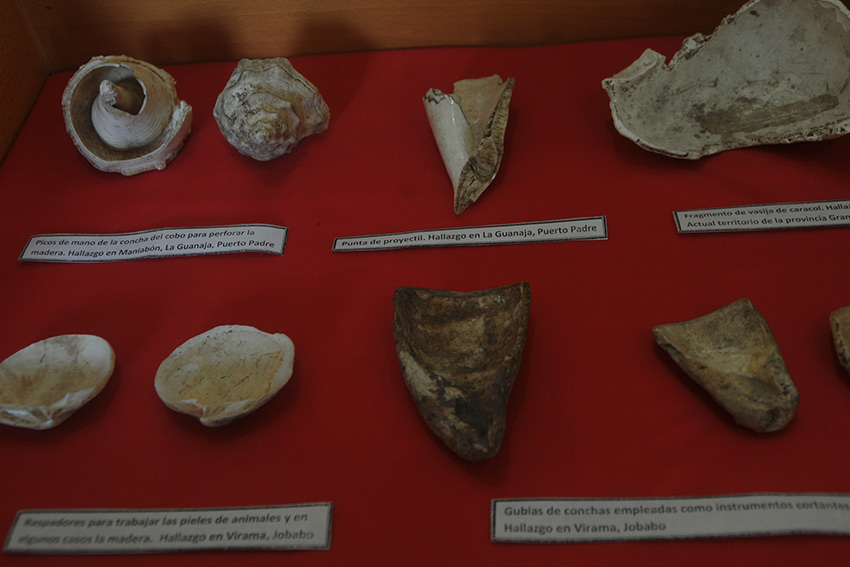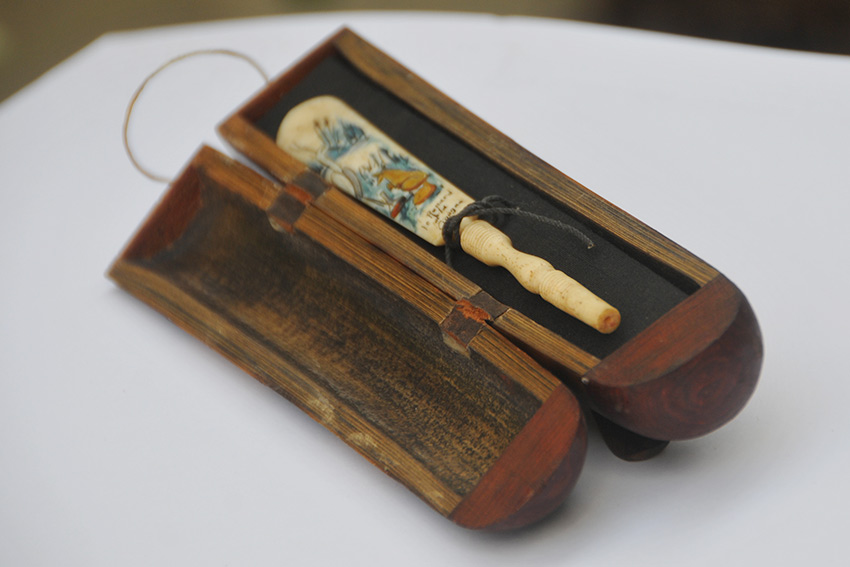
Museums are living places, where history and culture go hand in hand to encourage us to travel to the past and return to the present, illuminated.
 Las Tunas, Cuba.- From April 10 to May 18, International Museum Day, information capsules related to these venues, as well as important dates, allegorical exhibitions, and associated materials, have been published on the Internet. Also, some exhibitions, with little public, have marked the program.
Las Tunas, Cuba.- From April 10 to May 18, International Museum Day, information capsules related to these venues, as well as important dates, allegorical exhibitions, and associated materials, have been published on the Internet. Also, some exhibitions, with little public, have marked the program.
The Regional Workshop on Collections and Museable Pieces that, in the online mode, brought together researchers from various Cuban territories was among the most special moments. The event, hosted by the Mayor General Vicente García González provincial museum, was also motivated by the centenary of that property; hence knowledge about its pieces was disseminated.
The work of our ancestors, visible in gouges, scrapers, snail jars, and other aboriginal utensils; documents of leading figures of the independence struggles; various hour meters, ranging from an hourglass, a marine chronometer to other curious time meters, are some of the treasures guarded there that were made visible on the occasion.
Not in vain, the specialist Maricela Vázquez recognized the importance of the event to expand knowledge, glimpse the studies, and perfect the work in functions such as the exhibition, conservation, and dissemination of museum collections.
 In the context, interesting studies were shared such as that of the identity of Manatí, a town of sugar origin, through photography, by the Master of Sciences Ana del Carmen Cañete González; another on petaloid axes, presented by the lawyer Aliec Justo Bosch, from Puerto Padre; and one about Fidel's legacy in the Las Tunas heritage, in the voice of the Master of Sciences Abel Julio Sastre Matos, also from the so-called Blue Village.
In the context, interesting studies were shared such as that of the identity of Manatí, a town of sugar origin, through photography, by the Master of Sciences Ana del Carmen Cañete González; another on petaloid axes, presented by the lawyer Aliec Justo Bosch, from Puerto Padre; and one about Fidel's legacy in the Las Tunas heritage, in the voice of the Master of Sciences Abel Julio Sastre Matos, also from the so-called Blue Village.
The lawyer Luis Mariano Castillo approached us with the good ivory pen with which the bard Juan Cristóbal Nápoles Fajardo (El Cucalambé) wrote part of his work, one of the pieces safeguarded in the provincial museum. Meanwhile, Yanelsi Vázquez spoke about la Sala de los Relojes (Hall of Clocks and Watches) and colleagues from other provinces talked about their respective funds.
When you pass by the birthplace of El León de Santa Rita, stop your walk; this was the first house “burned before being a slave,” in 1876, by Vicente García González himself. When you find yourself at the Martyrs of Barbados memorial museum, remember the story of Nancy Uranga, that young woman who, due to the attack, could not reap new awards with his foil, nor see the birth and growth of his toddler; who did not even appreciate the photos of his wedding, which took place in Camagüey eight months before. Look again at the public clock located on the third level of the Mayor General Vicente García provincial museum, and know that a kind of time machine waits for you in that institution; if you are excited to enter, then you will surely come out wiser and proud of being an inhabitant of Las Tunas.